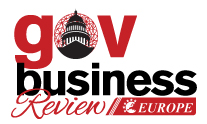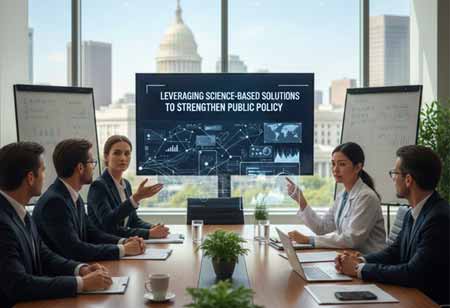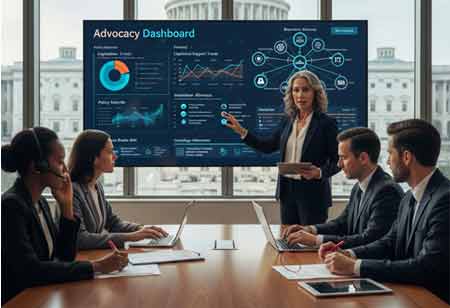Thank you for Subscribing to Gov Business Review Weekly Brief
Shaping the Future of Government Procurement: Trends, Innovations, and Best Practices Government procurement is evolving to meet the demands of the modern era.
Government procurement, a critical component of public administration, is undergoing a profound transformation as it embraces innovations and best practices.

By
Gov Business Review | Monday, September 25, 2023
Stay ahead of the industry with exclusive feature stories on the top companies, expert insights and the latest news delivered straight to your inbox. Subscribe today.
FREMONT, CA: Government procurement, a critical component of public administration, is undergoing a profound transformation as it embraces innovations and best practices. These advancements enhance efficiency and drive transparency, competition, and cost-effectiveness. This report explores the evolving landscape of government procurement, highlighting the trends, innovations, and best practices shaping the future.
The Significance of Government Procurement:
Government procurement involves the acquisition of goods and services by government agencies. It encompasses many products and services, from infrastructure development and defense contracts to everyday necessities like office supplies and IT services.
Critical Trends in Government Procurement:
1. Digital Procurement Platforms: Governments are increasingly adopting digital procurement platforms that streamline the procurement process, from solicitation to contract management. These platforms enhance transparency and reduce administrative overhead.
2. Sustainable Procurement: Environmental considerations are becoming integral to procurement decisions. Governments prioritize sustainable and eco-friendly products and services, contributing to broader sustainability goals.
3. Blockchain Technology: Some governments are exploring blockchain technology for procurement. Blockchain offers enhanced transparency, security, and traceability, reducing the risk of fraud and corruption.
4. Supplier Diversity: Promoting supplier diversity and inclusion is gaining traction. Governments actively seek to engage with a diverse pool of suppliers, including minority-owned, women-owned, and veteran-owned businesses.
Innovations in Government Procurement:
1. E-Procurement: E-procurement solutions allow governments to automate procurement processes, reducing paperwork and improving efficiency.
2. Dynamic Purchasing Systems (DPS): DPS allows for continuous procurement in active markets, enabling governments to adapt to changing needs and market conditions quickly.
3. Reverse Auctions: Governments use reverse auctions to drive supplier competition, resulting in cost savings for taxpayers.
4. Predictive Analytics: Using predictive analytics helps governments forecast procurement needs more accurately, reducing waste and optimizing resource allocation.
Best Practices in Government Procurement:
1. Transparency and Accountability: Open and transparent procurement processes foster public trust. Governments are publishing procurement data and decisions to ensure accountability.
2. Fair Competition: Governments are committed to providing a level playing field for suppliers, ensuring all eligible vendors have an equal opportunity to compete.
3. Strategic Sourcing: Strategic sourcing involves a comprehensive approach to procurement, optimizing supplier relationships, and leveraging economies of scale.
4. Performance Metrics: Governments are employing key performance indicators (KPIs) to evaluate procurement effectiveness, focusing on efficiency, cost savings, and supplier performance.
Challenges and Considerations:
1. Complex Regulations: Governments must navigate a complex web of regulations, which can vary from region to region, adding complexity to procurement processes.
2. Cybersecurity: Protecting sensitive procurement data from cyber threats is an ongoing challenge.
3. Supplier Capacity: Ensuring that suppliers can meet government demands, particularly in emergencies, is crucial.
4. Sustainability Certification: Verifying suppliers' sustainability credentials can be challenging but is essential for sustainable procurement.
Conclusion:
Government procurement is evolving to meet the demands of the modern era. Innovations in digitalization, sustainability, and transparency are reshaping procurement practices, making them more efficient and accountable. As governments refine their procurement processes and adopt best practices, the benefits extend beyond cost savings, including increased supplier diversity, reduced environmental impact, and enhanced public trust. The future of government procurement promises greater efficiency, effectiveness, and responsible resource allocation, ultimately benefiting both governments and the communities they serve.
More in News






